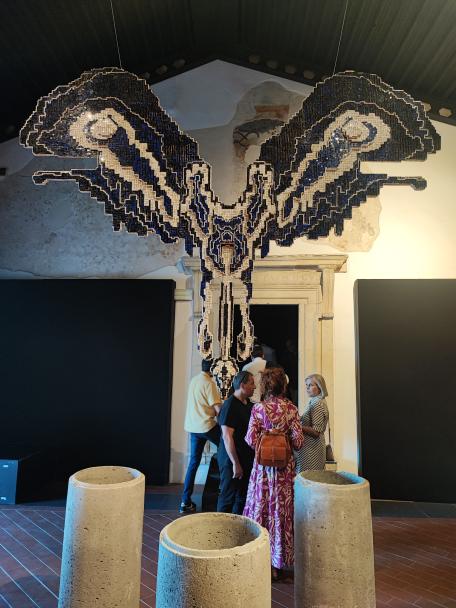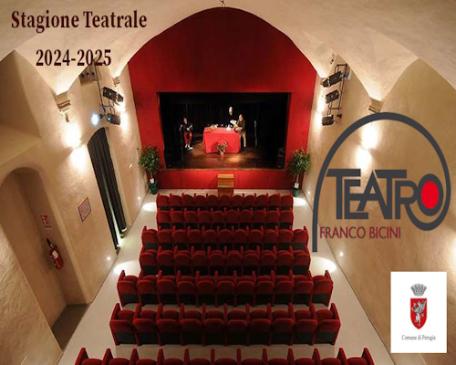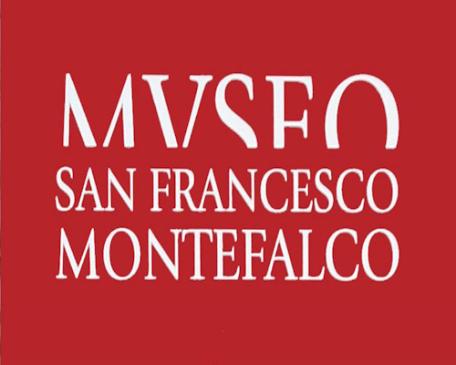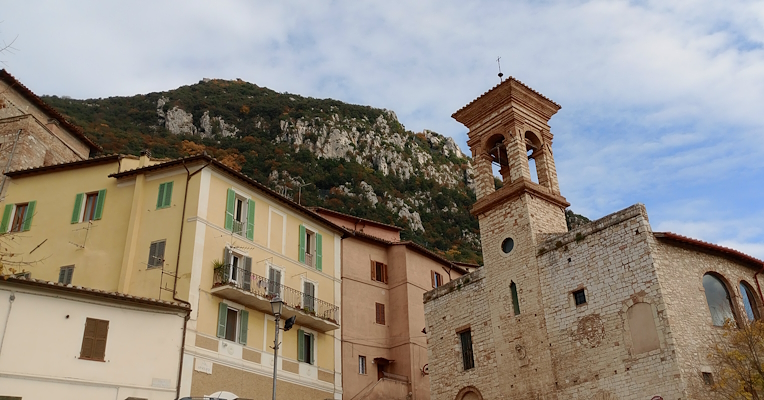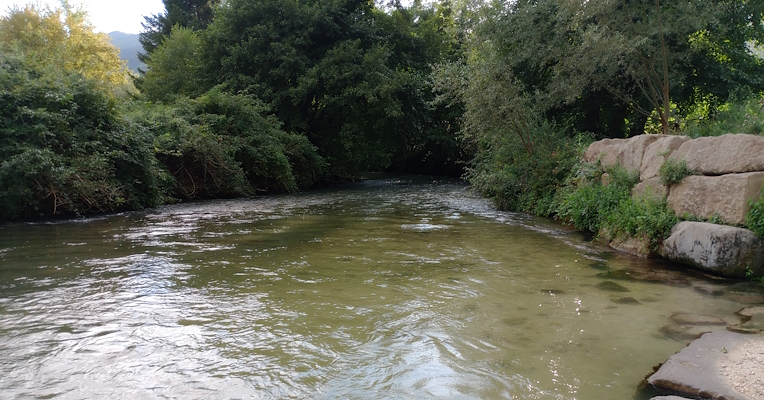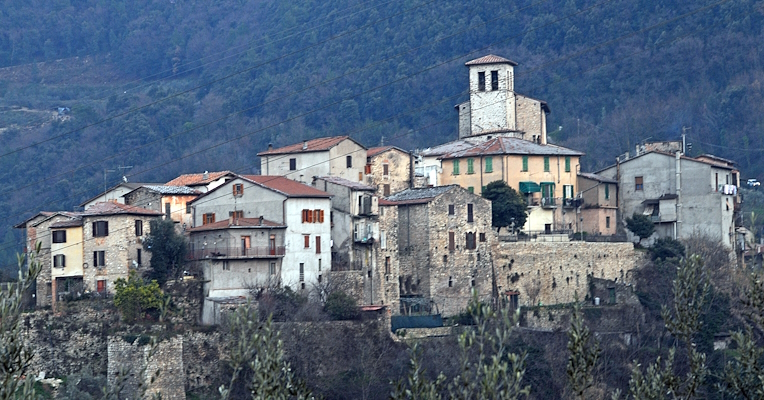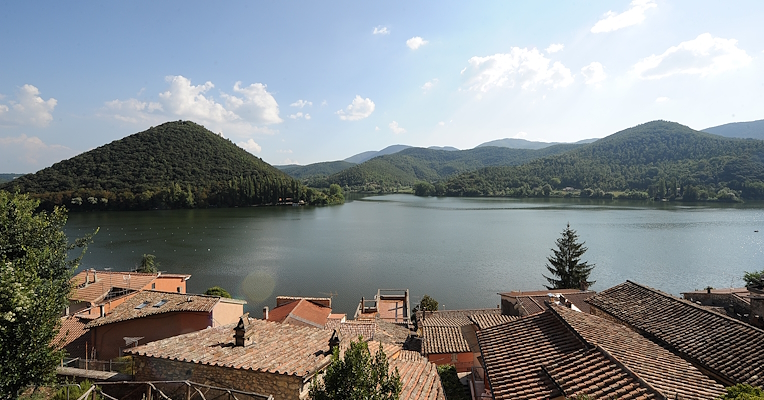Another stop on this journey through the memories of past travellers in the Terni area is Narni, the ancient town of Narnia, whose Latin name almost certainly inspired not only the writers of the Grand Tour, but also the author C. S. Lewis in his famous work, The Chronicles of Narnia.
Known for its cathedral and fortress, the town was also notable for being the birthplace of illustrious figures such as the Emperor Nerva and the celebrated military leader Erasmo da Narni, better known as the famous Gattamelata.
For Thomas Nugent, Narni represented the natural next stop after the Marmore Falls. The Irish scholar encouraged travellers to pause at the Augustus Bridge before entering a town that, in his words, compelled one “to go up and down continuously” because of its conformation.
Michel de Montaigne too, in his Journal of Montaigne’s Travels to Italy, describes Narni as a town perched on top of a cliff, while at its foot flows the river Nera, the Latin “Nar”, from which the town derives its name. Montaigne was particularly struck by a square adorned by a fountain, probably the 15th-century fountain of Piazza Garibaldi, rebuilt in 1527 and characterised by a bronze basin adorned with griffins, the symbol of the town (the original basin is kept at the local Eroli Museum). The French philosopher also admired the Cathedral of San Giovenale, but did not mention the Roman Bridge of Augustus, which fascinated many eighteenth-century writer sand numerous artists, including the renowned English painter William Turner.
During his trip to Italy in 1819, Turner visited southern Umbria to transform sketches he had made a few years earlier for a client into watercolours. Among the works he created on this occasion, in 1823 he dedicated a magnificent watercolour to the town titled Childe Harold's Pilgrimage, clearly inspired by Lord Byron’s diary, which depicts a glimpse of the Augustus Bridge in light and bright colours.
Richard Lassels also noted that just outside the town, one could see tall arches that once belonged to an aqueduct. In all likelihood, he was referring to the Formina aqueduct, built in the 1st century AD on the outskirts of Narni.



















